Initially created as a general-purpose programming language, today Python is one of the most rapidly growing programming languages. A dynamic and multi-purpose programming language Python is compatible with most of the OS platforms like Linux, Windows, and Mac. Besides, it is widely used for latest technology purposes like data science, robotics, etc. However, the most prominent uses of Python are for creating dynamic websites and web applications. Interestingly, one of the main reasons for it is the availability of numerous Python web frameworks which have made virtual teams life easy.
Such web frameworks cater to various purposes and include all in one. This may consist of a python backend framework, api framework, web interface, python web server, and best python database.
What is a framework

Python web frameworks come with different features. It could be a full-stack framework or a Microframework. However, before we name a few of them, it is essential to have an idea of what a framework is.
A framework is a platform which provides a foundation for developing software applications for a specific platform. A framework includes predefined classes and functions which processes input. Besides, it manages hardware devices and interacts with system software. Among plenty of options, a perfect choice of the framework can depend on a programmer’s specific needs, skill level, and preferences.
To explain more, a web framework is a collection of packages to write web applications or services. Frameworks abstract a developer from low-level details like protocols, sockets, or thread management. Besides, it supports several activities, for example –
- Interpreting requests like getting form parameters, handling sessions and cookies
- Producing responses in different formats
- Storing data persistently.
Since web applications often require several abstractions, those Python web frameworks provide a complete solution for applications. Such frameworks are known as full-stack frameworks.
7 -Best Python web frameworks
Category: Full-stack Python web frameworks
1. Django
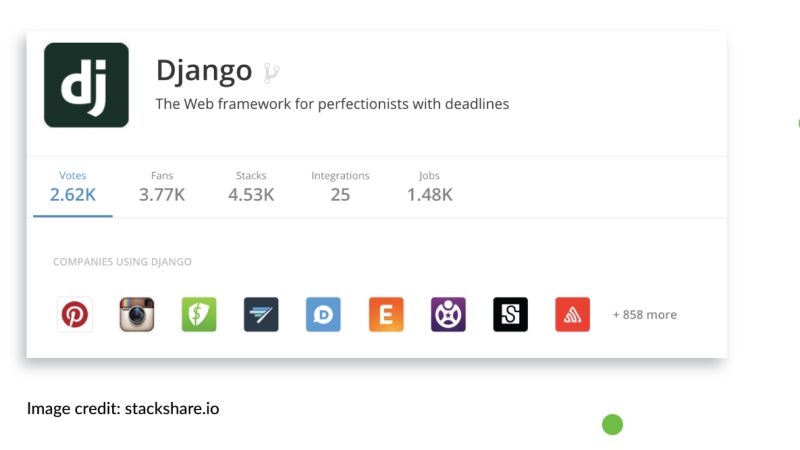
Django is a high-level, free, open-source, full-stack Python-based web framework. Django follows the DRY (Don’t Repeat Yourself) principle. It is ideal for rapid development and automates as much as possible. So, generating fully-featured out of the box web interface is easy for developers by using Django. Besides, it is one of the best python database support as it works with MySQL, PostgreSQL, Oracle, and SQLite. Alongside, it supports third-party drivers. The main reasons behind python database support are its ORM mapping where you can use the same code for multiple databases.
Pros:
- Strong admin interface. So little customization is enough to get a complete product
- Its api framework supports REST framework which is ideal for mobile apps development
- Powerful ORM feature
Cons:
- Upgrading is not easy and involves a lot of code changes.
- The third-party library is required for deployment.
- Its template feature is not so useful.
2. TurboGears
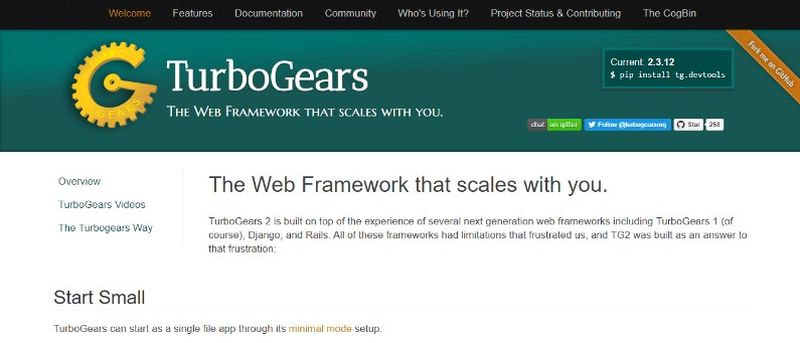
If you are looking for a rapid web development framework, then TurboGears is the best Python-based web framework in this category. This python backend framework is database driven and has a flexible Object Relational Mapper (ORM). TurboGears follows an MVC-style architecture.
Pros:
- designer-friendly templates
- helpful while developing both simple and complex web apps
- multi-database support
- SQL Object and SQL Alchemy support
- Can integrate with mochikit and JavaScript library
- Can easily build AZAX apps
Cons:
- Little difficult to learn
3. Web2Py
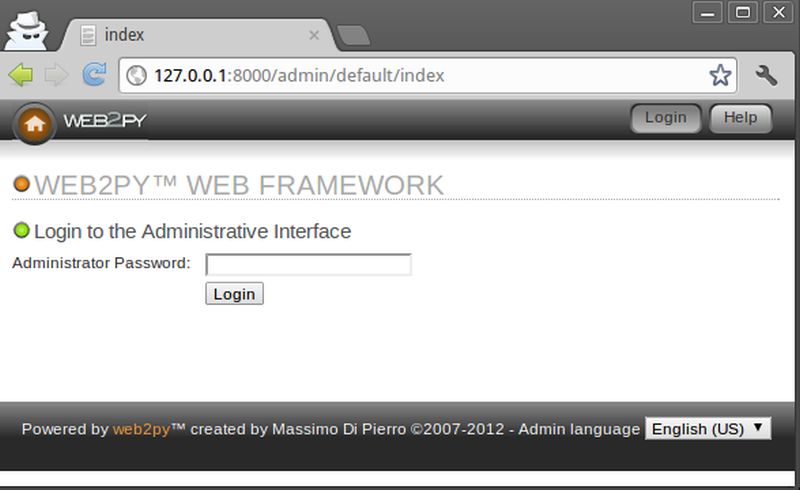
Web2Py is a free open source, portable, database-driven full-stack framework for web development. It supports rapid and fast development in a scalable and secure way. Moreover, this is an all in one package with a single web interface. This production-ready web development framework is capable of uploading and downloading large files. The framework follows MVC architecture.
Pros:
- No configuration file
- No need to install, it is USB driven.
- Flexible authentication system
- Supports databases like PostgreSQL, MySQL, SQLite, Oracle, Firebird, MSSQL, etc.
- Can handle multiple requests for example HTML/XML, CSV, RSS, JSON, AJAX etc.
- Easy to learn
Cons:
- Customizing user interface is difficult
- Inter-app communication is not strong
Category: Python Microframework
1. Flask
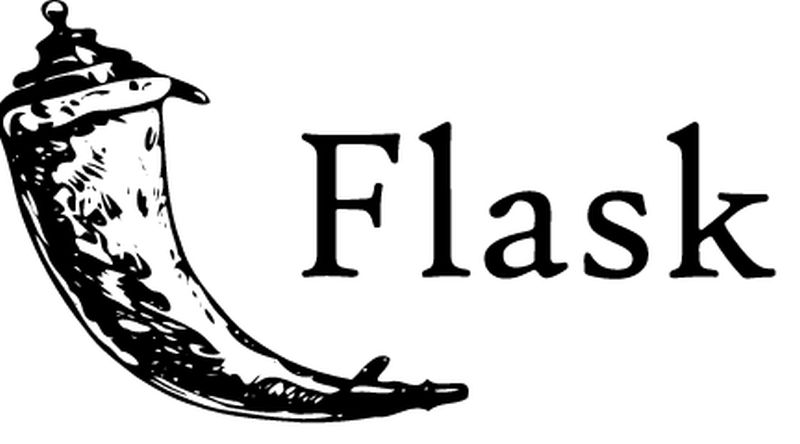
Flask is a fully Unicode-enabled, open-ended framework which has a built-in python web server, REST supportive, and WSGI compliance. If you want to follow best practices in your web application development, then Flask is the best choice. It comes with Jinja template engine by default and being a microframework it maintains simplicity. It follows fewer layers of abstraction in functioning. Furthermore, it is lightweight and easily adaptable. It can plugin with any ORM.
Pros:
- Can develop a standalone application quickly
- Less time to set up
- Email verification is more straightforward with it.
Cons:
- Number of extensions is less compared to other Python web framework
- Can conflict with the bootstrap module.
2. Pyramid
Pyramid is an open-source, lightweight, and Python-based web application development framework. Pyramid is most compatible with Python3. It has extensible configuration, minimal, documentation support. Alongside it is fast and flexible.
Pros:
- Pyramid is very useful for creating small as well as large applications quickly.
- Pyramid is best for API projects, developing large web applications, and prototyping a concept.
- It can easily integrate NoSQL: MongoDB, CouchDB.
Cons:
- If problems arise, it is hard to solve.
- Documentation feature is not so useful.
3. CherryPy
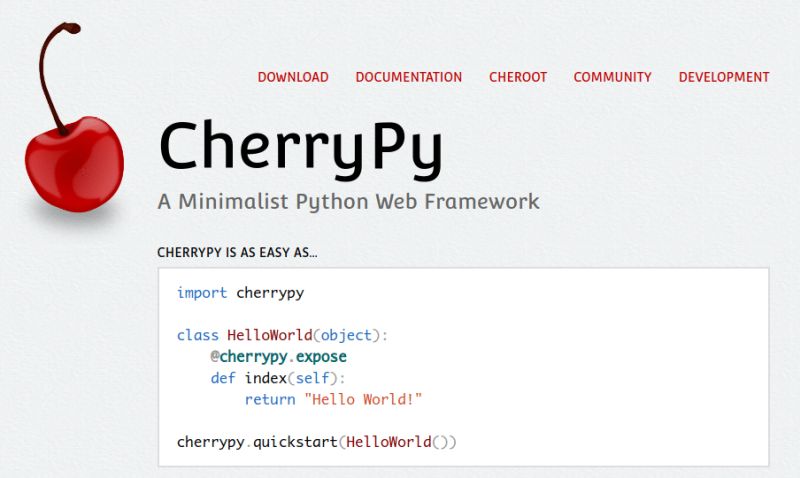
Image Source : geekflare.com
CherryPy is an open-source, object-oriented HTTP framework. You can use any technology for data access, templates, and so on with it. Besides, it can handle sessions, cookies, files, statics, etc. It supports any operating systems and also runs on the latest versions of Android, Jython, and Python. A web app developed with CherryPy embeds its own multi-threaded python webserver.
Pros:
- Comprise of more readable code.
- It has a powerful configuration system
- You can test your module in live mode
- Easy to set up
Cons:
- Configuration must be proper to avoid unwanted system crash
4. Bottle
Bottle is a fast and straightforward micro-framework for developing small web-applications. A perfect solution for prototyping, Bottle uses a single source file for implementing everything. Furthermore, it has no dependencies other than the Python standard library.
Pros
- Supports URL parameter, key/value Databases, templates during request dispatching
- It has built-in adapters and HTTP Server for many third party WSGI/HTTP-server and template engines
- A perfect solution for prototyping.
What all things to consider while choosing a Python web framework?

Whether you should use a Full-stack framework or Microframework that solely depends on the complexity and volume of the project.
- If you have a lot of requirements, need features, and it is for developing an extensive web application, then go for a full-stack framework.
- For a small and straightforward size project, Microframework is the right choice.
However, choosing the right Python framework for web development is an essential criterion for the success of a project.
What is the future of Python frameworks?
Technologies today are interdependent. We can’t consider web development as an independent solution. With the proliferation of AI and data science, everything is getting mingled with each other. In this context, Python libraries and frameworks have a significant role. It has become one of the most popular programming languages. So, no doubt, learning one of the Python web frameworks will also pay you off.
Article Submitted By Community Writer




